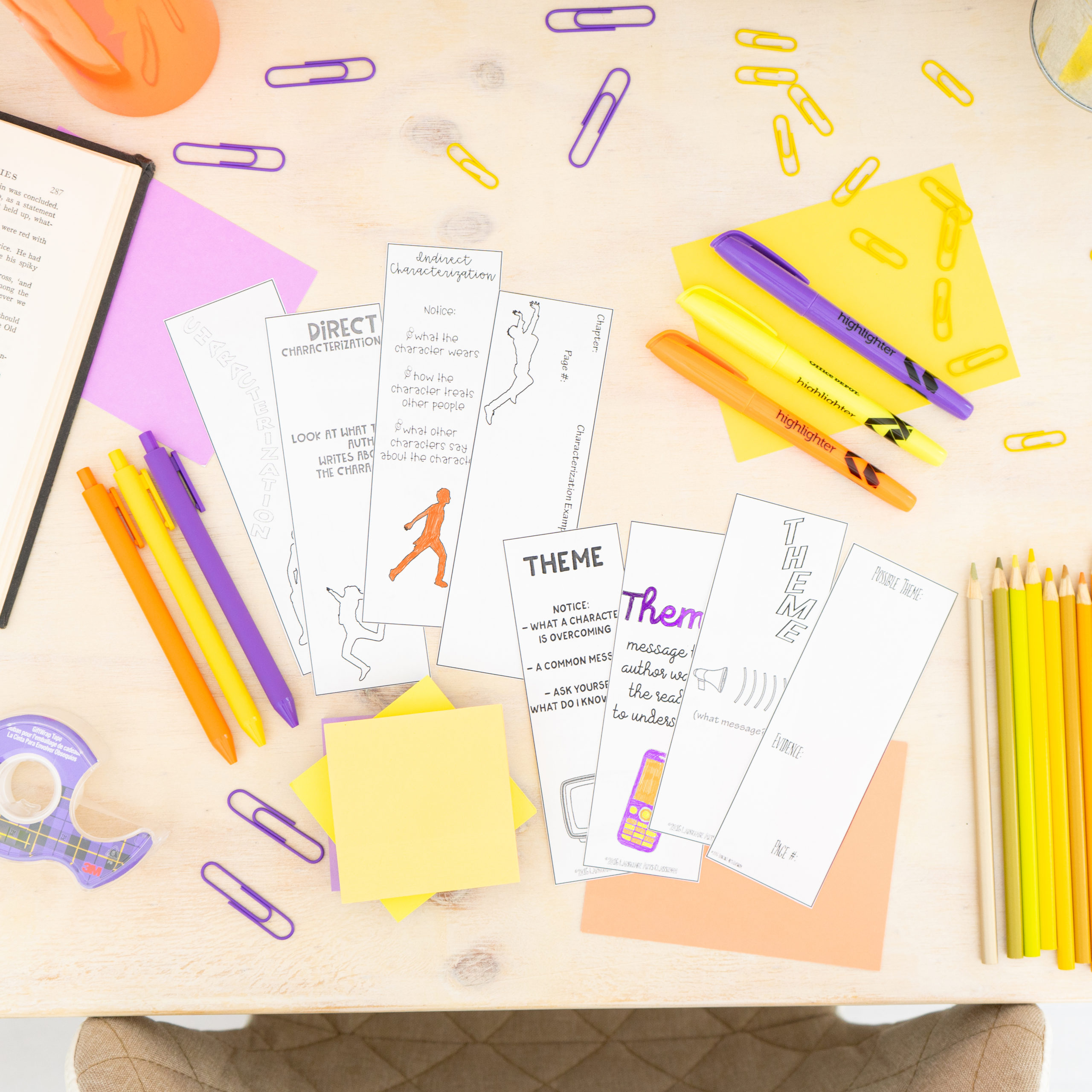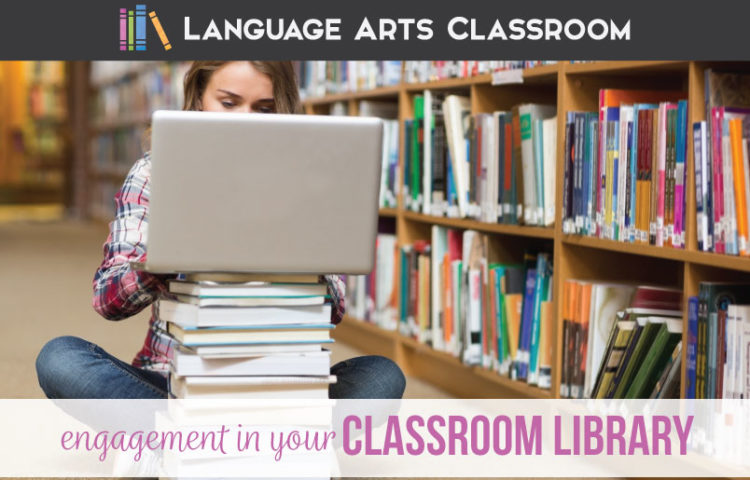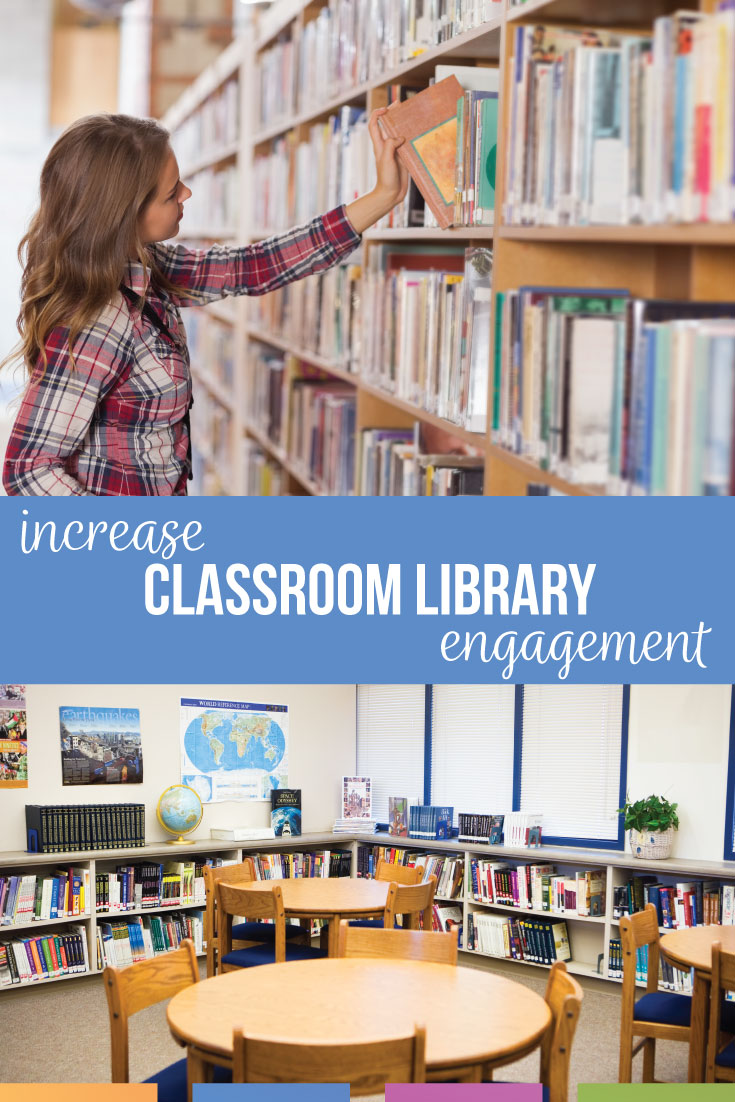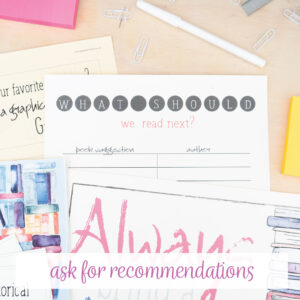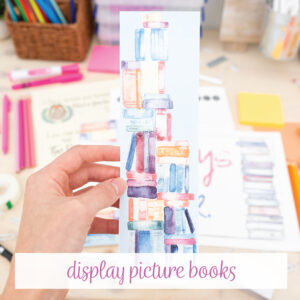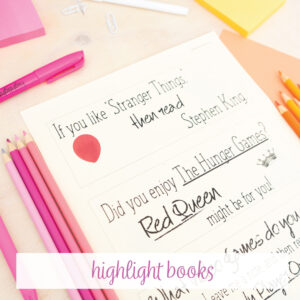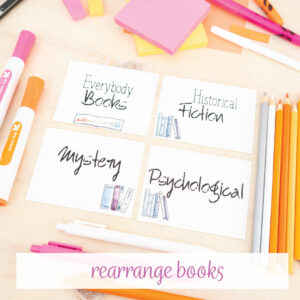Secondary teachers: how can you increase classroom library engagement? You can change student reading habits with an engaged classroom library.
I returned to teaching in 2015. For six years, I had worked part-time and blogged. When I left my full-time job in 2009, I was burned. I thought I’d become a writer for a living. At no point was I considering student reading habits! I could not imagine returning to the classroom.
I love writing, and I love writing about what I’m reading. As I stayed home with three young children, I immersed myself in parenting books which largely dealt with early literacy. (Basically, I returned to reading educational books, lol.) Reading about reading led me to falling in love with teaching again.
This story is to show you that when I returned to teaching, I was pumped to share reading with my high school students, to build a community of learners. Even though I couldn’t articulate the point, a shift occurred to thinking of student reading habits. I chose young adult books and read as many as I could. Research and statistics were fresh in my head. I packed books into my room, ready to go.
Not much happened. First Chapter Friday worked, but students didn’t engage with the books as I had hoped. So, I had all of these books, wonderful students. . . I started experimenting. To figure out my engagement problem, I moved to intentional activities.
Boosting reader engagement with high school students took time, but eventually, high school reading habits improved. As I purposefully built classroom library engagement, here is what worked.
Ask for recommendations.
I honestly care about what my students read. If I want my students to see themselves as readers, if I care about student reading habits, I need to ask them about what they enjoy reading. I learn about my students by seeing their interests. This knowledges helps me create meaningful lesson plans. I always allow student feedback when choosing short stories, for instance.
If you really want to know what young adults read, ask them! I have both a designated jar where students drop off book ideas and a list (attached to a clipboard) for students to add ideas. I check the suggestions and stay aware when looking online or at used book stores.
Many times, I’ll ask the student why they recommend the book, and then I’ll have other suggestions based off that recommendation. At the very least, I’m learning about that student as a reader and building a relationship.
Showcase books based on your area of study.
Some of my students will study English in college, and some will become teachers. I teach high school, and teenagers frequently share their future careers. Often, students will major in law, international business, linguistics, or communications. All of those jobs require an understanding of language and developed writing skills. Furthermore, some students simply are interested in the content of your class.
Inspire students with advanced books. Students might not read all of literary criticism book, but they can look forward to what they’ll soon study. Increase library engagement with books dealing with our content.
Display picture books.
You never know what types of books students read when they were much younger. Displaying picture books is a fun conversation starter. Students share their experiences reading and if you’re reading a book to the class, they are likely to pipe in with additions from an older perspective. Plus? Older students enjoy these books!
I’ve grabbed tons of picture books from library sales. Typically, these books contain small snippets of facts with bright pictures. Picture books are easy to add to lessons. Familiarize yourself with them, and add them to stories spontaneously.
Plus, boosting reader engagement with found poetry or blackout poetry works well crumpled picture books.
Highlight books based on seasons and the news.
I have never made a snowman out of white books, but I plan on it. I have made a rainbow and black/white pattern. Sometimes I arrange books by genres.
As a secondary teacher, I am guilty of ignoring the weather or seasons. This year, however, I purposefully put aside “summer” books to showcase after spring break. During National Poetry Month, I’ll set out poetry books.
I switch these books in prime locations: on the chalkboard ledge, in display stands, and atop bookcases.
Rearrange books.
This action can be as simple as switching the dystopian section with the mystery section. Students develop habits, and they might gravitate to the same section of the classroom. Spice up what they see by switching or mixing up books. I also switch posters and encouragements throughout the school year so that students will walk over to the bookshelves.
Sometimes, I ask students to arrange books with me throughout the school year. Students find books to read, they take ownership of the library, and they share book recommendations.
I pack up books at the end of the school year because my room is deep-cleaned. As students help me, I do encourage them to take books for the summer. I joke with them (but I am sincere) that I want an excuse to see them next year, and the book return is my insurance.
Owning a classroom library can’t be the beginning and ending of literacy with secondary students. Classroom library engagement, the handling and reading of books, takes purposeful actions. Once you model these engagements with students, they will begin arranging and showcasing the books themselves. Student reading habits will become natural, and overall reading will be increased.
